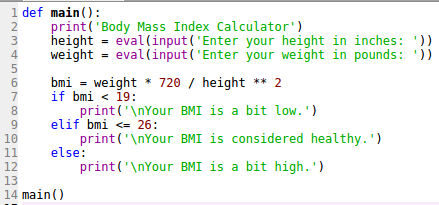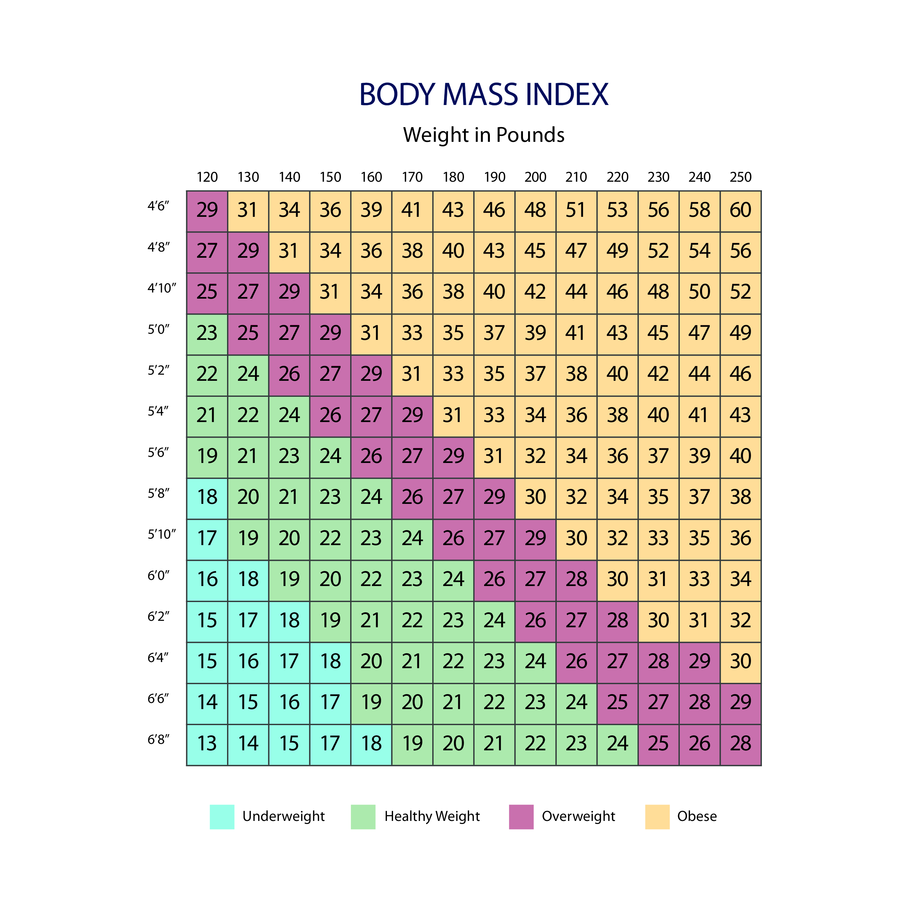

Based on the entered weight and height, this child has a BMI that is % of the 95th percentile (the cut point for obesity). Children and teens should NOT be placed on a weight reduction diet without the consultation of a healthcare provider.īecause BMI percentiles are problematic when they approach 100, one alternative is to express the child's BMI as a percentage of the 95th percentile. Maintaining a healthy weight throughout childhood and adolescence may reduce the risk of becoming overweight or obese as an adult.Īlthough the child does not currently have obesity, this child has the potential for becoming obese so it is important to prevent excess weight gain. For example, a BMI-for-age percentile of 65 means that the child’s weight is greater than that of 65% of other children of the same age and sex.īased on the height and weight entered, the BMI is, placing the BMI-for-age at percentile for s aged. Has obesity, equal to or greater than the 95th percentile What does this mean?īMI is calculated using your child’s weight and height and is then used to find the corresponding BMI-for-age percentile for your child’s age and sex.īMI-for-age percentile shows how your child’s weight compares to that of other children of the same age and sex.

Overweight, 85th to less than the 95th percentile Healthy weight, 5th percentile up to the 85th percentile Underweight, less than the 5th percentile


 0 kommentar(er)
0 kommentar(er)
